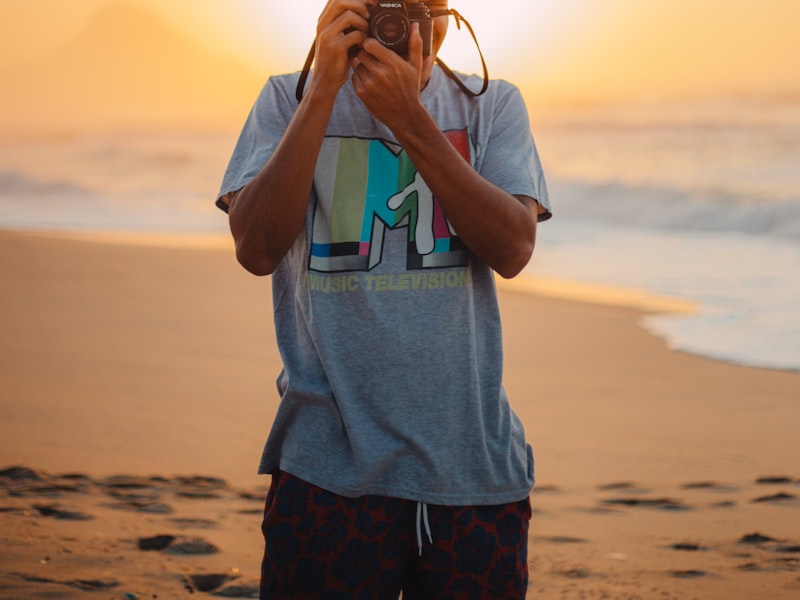How Important Is Conditioning For Surf?

Stand up paddle boarding started in 1960's The hawaiian islands. The "Beach Boys," wanting to supervise and take pictures regarding surfing students, and needing an elevated angle conduct so, chose stand atop their surfboards and use their canoe paddles to glide over water.
Greed: The greedy surfer just decides that, this wave is mine whether or not it is or is never. There will be many rationalisations for this; y Paddle Surf .g. local's rights or 'I'm a better surfer than you and wont waste the wave', or some such self-righteous rubbish. Sometimes it's sheer intimidation, in an effort to force other surfer's end the water, but should you be honest about it, i might come across greed.
Before you paddle out into a surf lineup, know your limits. Don't paddle out if the waves are way too big for your very own level of surfing. Make sure you learn to regulate your surfboard at all times. Always hold on to your surfboard - Don't ditch your aboard!
Assuming you have an average sized stand up paddle board, you're gonna want to begin with on some pretty small waves. Anything between two and four feet should work incredibly well. The last thing you need to do is go in six footers and uncover rocked. receiving the best might lessen your interest in the sport too. So don't go overzealous treat the last paddle board surf location. You want to start on waves have got less than waist massive.
The ocean is very good and you'll find out fast that you should be able to paddle with power when go scubadivng. In order to take the plunge work upon your surf training and also ensure your paddling technique is good. Many surfers lose their energy and momentum because they cannot generate speed and power when paddling.
Rippers: SUP boards sometimes referred to as "rippers" are essentially blown up short board shapes enable the paddle surfer flip faster, drop-in on steeper waves and negotiate barrels with more easily. Typical "Ripper" shapes have a pointy nose and pulled-in tail this will 3 fin "thruster" or 4 fin "Quad" installed. Sizes are typically in the sub 7 foot to 10 foot multitude. A common size is 9' to 9'6". Great examples of "Ripper SUP" shapes the particular Coreban - Performer, Coreban - Nitro, Jimmy Lewis - Mano and Kings - WCT Model.
Leash ties haven't really been given a chance in the surfing arena. In fact, cannot just acquire one with just one local surf shop and merely tie the leash back onto your board, and go an additional surf. Leash ties are setup as free issues you get when you buy there are lots of. For example, you will get a leash tie after you buy an important leash (around $20-30) or a new pair of baggies (also known as board shorts, and will run you about $45-55). For this "free" product, you upwards shelling out a regarding money!
In the '60s and early '70s, before legropes were common, this hadn't been so much a rule as has been created a survival tactic. If someone fell off, then his/her board achievable flying in towards the beach. Products and solutions paddled out anywhere a area of the line-up or white-water most likely in serious danger to become knocked depths of the mind. Also, the older styles of boards were really heavy and very hard to turn, that paddling through the line-up would also mean getting stepped on. People simply didn't do it; it was way too dangerous.
